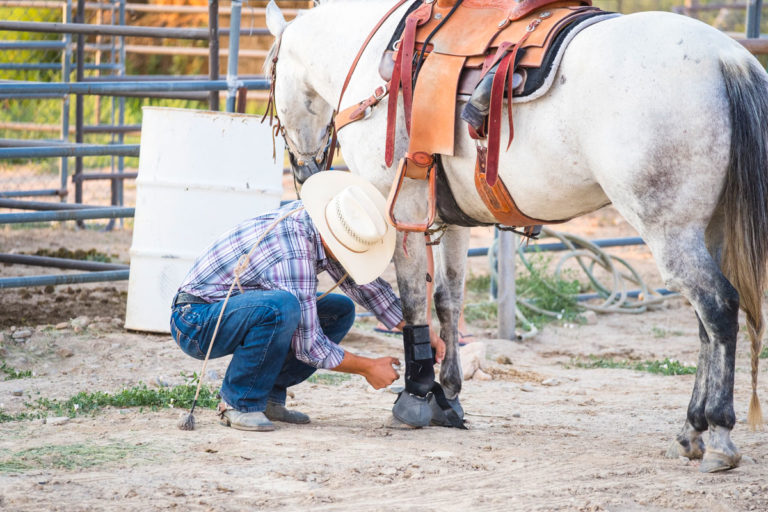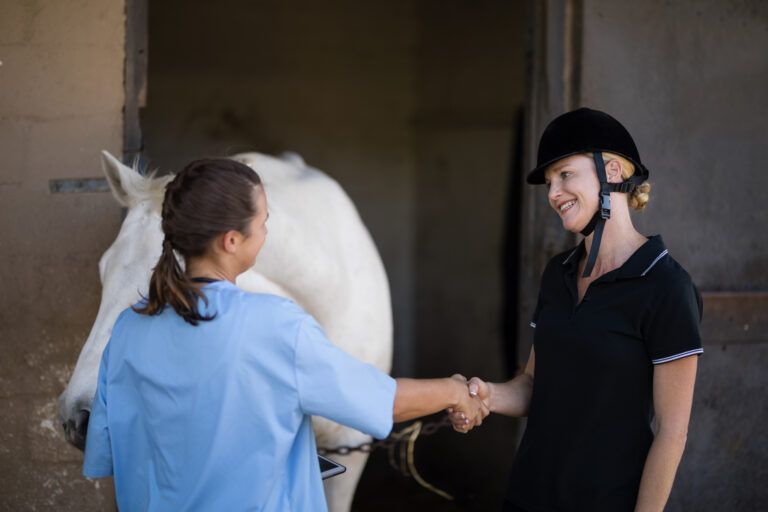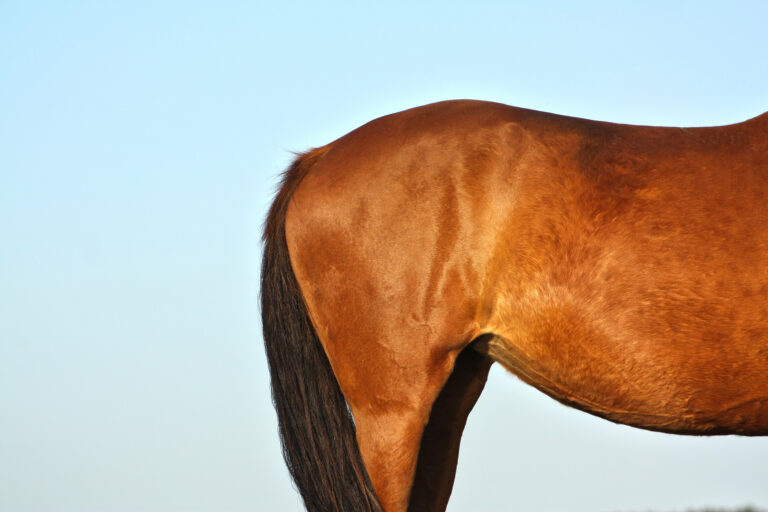
In this episode of the Disease Du Jour podcast, Rachel Liepman, DVM, DACVIM (large animal), talks about equine wobblers syndrome, which is also known as cervical vertebral stenotic myelopathy or CVSM.
Liepman said there are two populations of horses that veterinarians should suspect with CVSM, “very young weanlings and yearlings and rapidly growing 2- to 4-year-olds.”
She said when CVSM occurs in older horses, they “start to have performance issues, ataxia or incoordination, usually in the hind end more than the front.”
Diagnosing Equine Wobblers Syndrome
Liepman said that often, a physical exam on a horse with equine wobblers syndrome is “not remarkable. You might see muscle atrophy over certain areas. Some are sensitive over the affected areas.”
She noted that veterinarians should think about comorbities, such as OCD in joints or flexural limb deformities. “Some horses have a genetic predisposition to be large and grow rapidly,” Liepman said. She added that veterinarians can see patterns in Thoroughbred, large Paint breeds, warmbloods…”lots of breeds have this problem.”
In the podcast, Liepman walked through her evaluation of horses suspected of having equine wobblers syndrome. She included differentials that could be causing clinical signs similar to equine wobblers syndrome.
Treating Equine Wobblers Syndrome
Treatment of equine wobblers syndrome depends on the severity, noted Liepman. She discussed the use of cervical facet injections, steroids and regenerative therapies.
“I recommend rehab after injections,” Liepman said. “It’s not a ‘poke and go’ treatment.”
She said if horses are showing neurologic signs, it is more problematic for a return to use. She also said older horses tend to have more complications.
“Rehab is a huge part of success,” said Liepman.
She said it is important for veterinarians to “listen to their gut. It can be dangerous to ride these horses. You have to look after the horse and the people around the horse.”
Liepman also encourage veterinarians to review nutrition and exercise when seeing this in young horses.
About Dr. Rachel Liepman
Rachel Liepman, DVM, DACVIM (LAIM), is an internal medicine specialist who has extensive training in sports medicine as well as being an avid equine enthusiast. She attended veterinary school at Michigan State University, completed an equine internship with BW Furlong and Associates in New Jersey, and underwent advanced training to obtain her Master’s degree and certification with the American College of Veterinary Internal Medicine from The Ohio State University. Liepman grew up on the East Coast and in the Midwest with Thoroughbred racehorses, and she still competes with her jumper mare.








